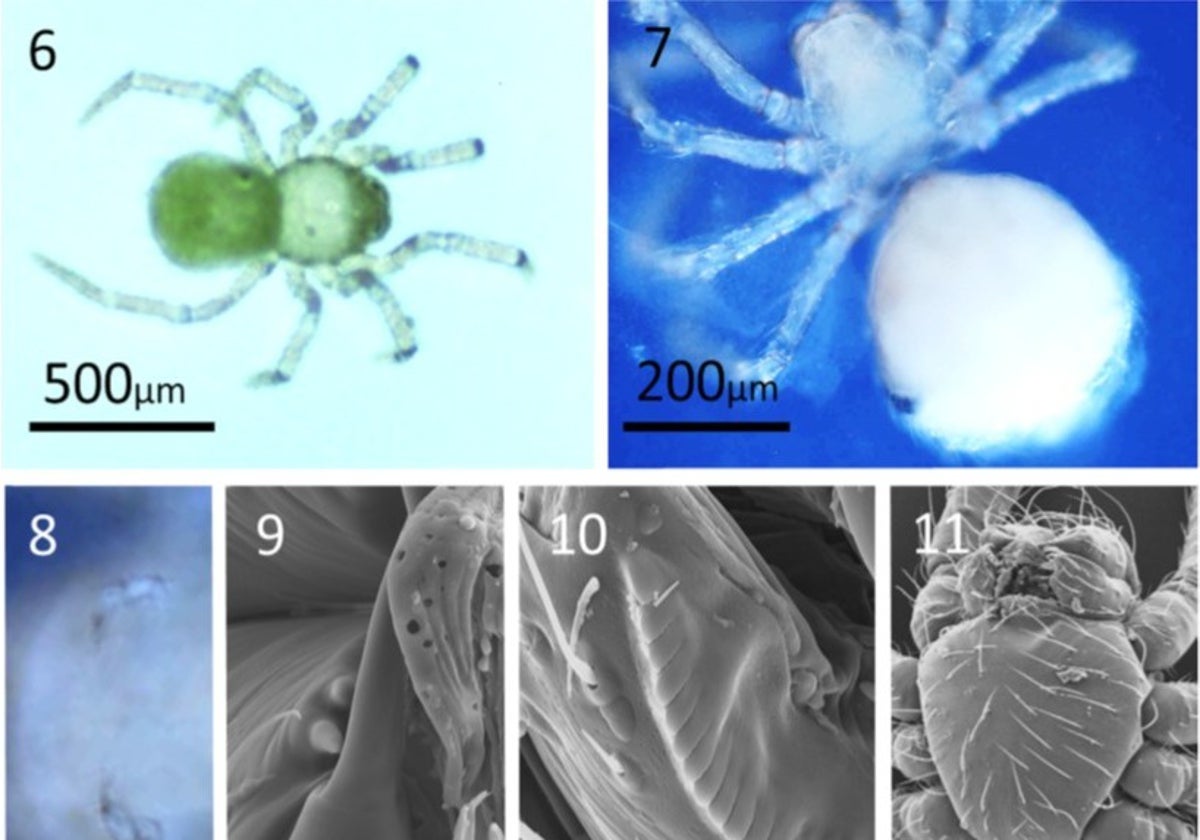New species of spider discovered in Costa del Sol Cave
Researchers from the Nerja monument say the arachnid measures just one millimetre and has been found in the areas open to visitors as well as the spaces that are closed to the public
Researchers at the Nerja cave on the eastern Costa del Sol have discovered a new species of spider which they say is native to the space. Scientists Pablo Barranco from the University of Almeria, and Cristian Pertegal from the University of Cordoba-CSIC, who form part of an the interdisciplinary research project of the Nerja cave, have just published a paper in the scientific journal Zootaxa in which they describe the spider they have named 'Anapistula delrosalae'. It is named after one of the researchers of the Nerja team, the biologist Yolanda del Rosal.
"This spider is distributed throughout the cave, especially in wet areas, and its detection has been quite a feat, given that its size is around a millimetre," the Cueva de Nerja Research Institute said in a statement posted on social media.
The immensity of the cave has given rise to very rare wildlife that is native to the area
The researchers say that there are more than 1,500 Ibero-Balearic species of spiders. Of these, more than a hundred inhabit caves, although not all of them are strictly cave-dwellers.
"This data shows, once again, the importance of underground ecosystems as reservoirs of planetary biodiversity, a treasure often undervalued despite the indisputable potential they harbour," the scientists explain.
According to in the scientific publication this new species of the genus Anapistula Gertsch, 1941, A. delrosalae sp. nov. "is the second record of the family Symphytognathidae in Europe". The article goes on to say, "The new species has, to date, only been found in the Nerja cave. A. delrosalae sp. nov. seems to be present throughout the cave, from the tourist galleries to the new galleries, which are not open to the general public."
The researchers explain that "detection of the species is challenging due to its small size, which has probably caused it to go unnoticed until now". Diagnostic techniques used by the team have only detected females of the species so far. The team explain that the techniques have been useful to distinguish the new species from the already known Anapistula ataecina Cardoso & Scharff, 2009, which is native to the Frade cave system of Lisbon, Portugal.
The numerous cave paintings, which could be up to 42,000 years old , also invite visitors to enter what has been christened the 'Cathedral of Prehistory in the southern Mediterranean'. The immensity of the cave is home to unusual wildlife, including several species that are native to the area. The best known and easiest to see are bats, which were precisely what guided the five young discoverers, to find the cave on 12 January 1959.

